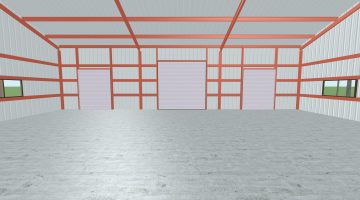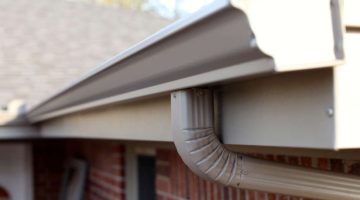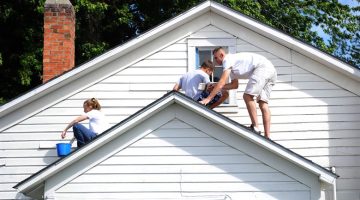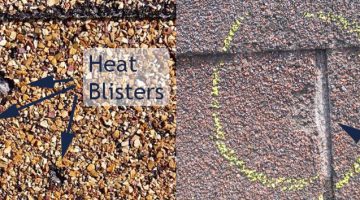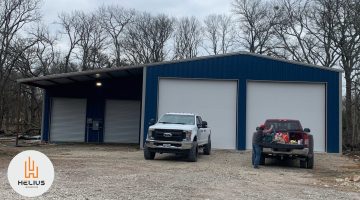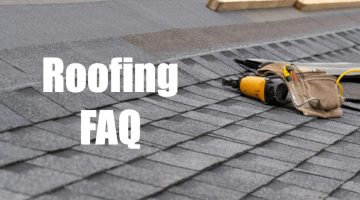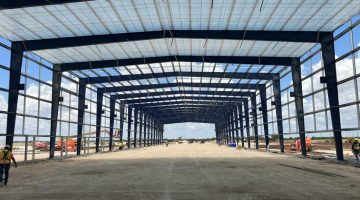By Helius Roofing & Construction, Celina, TX

In recent years, homeowners across the country—and particularly in states like Texas—have noticed a significant rise in their insurance deductibles for wind and hail damage. Instead of the standard flat-rate deductible that was common a decade ago, more homeowners are now facing deductibles set at 3% or even 4% of their home’s insured value. This shift has raised concerns for many, especially in regions prone to severe weather events.
At Helius Roofing & Construction, we’ve seen firsthand how these changes are impacting homeowners in Celina, TX, and surrounding areas. As a roofing and construction company, we understand the frustrations of navigating insurance claims after a storm. This article aims to explain why insurance companies are increasing deductibles for wind and hail damage, what it means for homeowners, and how you can protect yourself.
The Growing Problem of Wind and Hail Damage
Before diving into the reasons behind the rising deductibles, it’s essential to understand the increasing frequency and severity of wind and hailstorms across the United States. The National Oceanic and Atmospheric Administration (NOAA) has reported a steady increase in severe weather events, including storms that bring damaging winds, large hail, and tornadoes. Texas, in particular, experiences more hailstorms than any other state, with the Dallas-Fort Worth area being one of the hardest-hit regions.
For homeowners, wind and hail damage can be devastating, resulting in broken windows, damaged siding, and roof damage that requires significant repairs or even complete replacement. As a roofing company, we often see clients who need to file insurance claims after severe storms. However, as these storms become more frequent and intense, the cost to insurance companies has also risen dramatically.
The Role of Insurance in Weather-Related Claims
Homeowners insurance is designed to protect your home and personal property from a variety of risks, including natural disasters like wind and hailstorms. Traditionally, insurance policies featured a flat-rate deductible—such as $500 or $1,000—that the homeowner would pay before the insurance company covered the rest of the repair or replacement costs.
However, as severe weather events have become more common, the financial burden on insurance companies has grown. In states like Texas, where storms occur frequently, insurers have been forced to pay out millions, if not billions, of dollars each year to cover wind and hail damage claims. As a result, many insurance companies are revising their policies to reduce their financial exposure to these types of claims.
Why Deductibles Are Increasing for Wind and Hail Damage
The move to higher deductibles, especially percentage-based deductibles for wind and hail damage, is primarily driven by the rising costs of claims and the unpredictable nature of severe weather. Here are the main reasons why homeowners are seeing deductibles jump to 3% or 4% for wind and hail damage:
1. Increased Frequency of Storms
The frequency of extreme weather events has increased over the last few decades, with storms happening more often and in areas that previously didn’t experience such weather regularly. Texas, for example, experiences dozens of hailstorms each year. As the number of claims increases, insurance companies are seeking ways to mitigate their losses, and higher deductibles help shift some of the financial responsibility back onto homeowners.
2. Rising Repair Costs
The cost of repairing or replacing damaged property, particularly roofs, has risen significantly. Inflation has impacted the price of building materials such as shingles, lumber, and metal roofing components. Additionally, labor costs have increased, further driving up the price of repairs. Insurance companies, faced with these higher costs, are adjusting their deductible policies to keep premiums relatively stable while limiting their overall payouts.
3. Risk-Based Pricing
In areas prone to specific types of damage—such as hail in Texas or hurricanes along the Gulf Coast—insurance companies are adopting risk-based pricing models. This means that if your home is located in a region that is more susceptible to wind or hail damage, your deductible for those specific types of damage may be higher than for other perils, like fire or theft. In many cases, this results in percentage-based deductibles, where you are responsible for paying a percentage of your home’s insured value for wind and hail damage claims.
4. Loss Mitigation for Insurers
Insurance companies are businesses that must manage risk to remain profitable. By increasing deductibles for specific high-risk events like wind and hail, insurers are limiting their potential financial losses. This move allows them to avoid raising premiums significantly across the board, which could cause more homeowners to drop their policies altogether. Instead, they raise deductibles on specific types of claims that are more likely to occur in high-risk areas.
5. State Insurance Regulations
Some states, including Texas, have passed regulations that allow insurers to offer percentage-based deductibles for wind and hail damage, provided they notify policyholders in advance. This regulatory environment has given insurers more flexibility in how they structure their policies, leading to the widespread adoption of higher deductibles for weather-related events.
What Does a 3% or 4% Deductible Mean for Homeowners?
A percentage-based deductible means that instead of paying a flat amount, such as $1,000, you will be responsible for paying a percentage of your home’s insured value when you file a claim. For example:
- If your home is insured for $300,000 and your policy has a 3% deductible for wind and hail damage, you would need to pay $9,000 out of pocket before your insurance covers the rest of the repair costs.
- With a 4% deductible, you would be responsible for $12,000.
These higher deductibles can be a significant financial burden for homeowners, especially if you are not prepared for such a large out-of-pocket expense.
How to Protect Yourself from Rising Deductibles
While you may not have control over the weather or your insurance company’s policies, there are steps you can take to minimize the impact of rising deductibles for wind and hail damage:
1. Review Your Insurance Policy Regularly
Take the time to review your homeowners insurance policy each year, especially if you live in a high-risk area like Celina, TX. Ensure that you understand your coverage, including the specific deductibles for wind and hail damage. If your deductible has increased, you may want to consider adjusting your policy or shopping around for a better rate.
2. Consider a Wind and Hail Endorsement
Some insurance companies offer endorsements or riders that provide additional coverage for wind and hail damage. While these policies may come with a higher premium, they often include lower deductibles, which can save you money in the long run if you need to file a claim.
3. Invest in Impact-Resistant Roofing
At Helius Roofing & Construction, we recommend investing in impact-resistant roofing materials, such as Class 4 shingles, which are designed to withstand hail and high winds. Many insurance companies offer discounts or incentives for homeowners who upgrade to these more durable materials, as they reduce the likelihood of damage during a storm.
4. Build an Emergency Fund
With the possibility of higher deductibles for wind and hail damage, it’s important to have an emergency fund set aside to cover potential out-of-pocket expenses. By saving a portion of your income specifically for home repairs, you’ll be better prepared if you need to file a claim.
5. Take Preventive Measures
Regular maintenance and inspection of your home can help minimize damage from wind and hail. At Helius Roofing & Construction, we offer roof inspections and maintenance services to help identify potential issues before they become costly problems. By taking preventive measures, you can reduce the likelihood of needing to file an insurance claim in the first place.
Conclusion
The rise in homeowners deductibles for wind and hail damage is a trend driven by the increasing frequency of severe weather events, rising repair costs, and insurance companies’ need to mitigate their financial risk. While these changes may pose challenges for homeowners, understanding why deductibles are increasing and taking steps to protect your property can help you navigate this evolving landscape.
At Helius Roofing & Construction, we’re here to help homeowners in Celina, TX, and the surrounding areas make informed decisions about their roofing and insurance needs. Whether you need a roof inspection, repairs, or advice on how to protect your home from storm damage, our team of experts is ready to assist you. Contact us today to learn more about how we can help you safeguard your home against wind and hail damage while minimizing your financial exposure.


